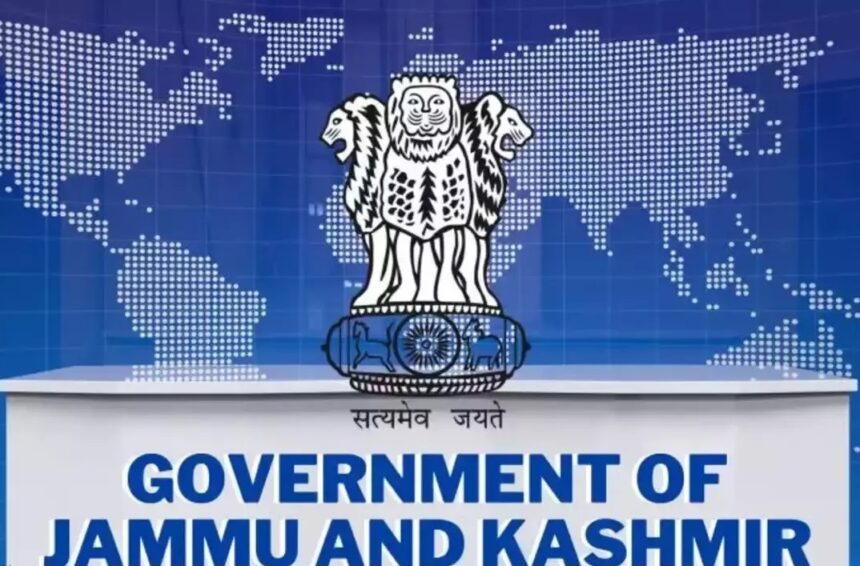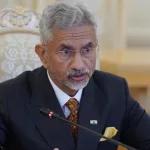Srinagar, Apr 09: The Jammu and Kashmir government informed that the Union Territory generated a total of 16,300.47 Million Units (MUs) of electricity from various hydroelectric power stations during the financial year 2023–24.
The details were provided in response to a question raised by Ali Mohammad Sagar. The reply stated that the total power generation included 4,913.28 MUs generated by JKSPDC Power Stations, 11,105 MUs by NHPC Power Stations, and 282.19 MUs by Independent Power Producers (IPPs).
The aggregate installed hydroelectric capacity in the UT is 3,540.15 Megawatts (MW). This includes 2,250 MW from 6 projects operated by NHPC, 1,197.4 MW from 5 projects by JKSPDC, 57.50 MW from 5 JKSPDC (IPP) projects, and 35.25 MW from 3 IPP projects supported by JAKEDA.
The government also addressed concerns about unscheduled power cuts during peak hours in both summer and winter seasons in Jammu and Kashmir. It was stated that a schedule based on actual demand and available capacity is prepared and implemented unless there is a distress call from the northern grid.
During the winter in Kashmir, the department maintained an average power supply of 1,750 MW compared to 1,575 MW last year. Between December and February 15th, a total of 3,225 MUs were supplied, which is 300 MUs more than the previous year. As a result, unscheduled power cuts, even during peak hours, were either minimized or not noticeable.
For the upcoming summer in Jammu, the department is planning to increase the power supply from 1,200 MW to between 1,400 to 1,450 MW to ensure no unscheduled cuts. The government explained that unscheduled cuts usually occur when demand exceeds available capacity or due to grid constraints and overdrawal from the northern grid.
Issues like improper load declarations and unmetered areas contribute to energy wastage, resulting in high losses and overdrawals.
The government said that while many capacity issues have been addressed through recent schemes, the poor diversity factor—1.29 for Kashmir and 1.63 for Jammu, compared to the national average of 4.00—still leads to mismatches between contracted load and actual demand. The department is working on a mission to resolve these issues by improving smart metering and system efficiency.
Significant progress has been made in smart metering, with 100 percent smart metering completed in 45 towns of Kashmir and 50 towns of Jammu. The department has also substantially increased capacity in the transmission and distribution systems by augmenting and upgrading the grid and receiving stations and installing new distribution transformers.
Transmission capacity has increased from 8,695 MVA to 12,500 MVA, and distribution capacity has grown from 14,380 MVA to 18,572 MVA.
To meet growing demand and resolve local-level capacity issues, the government is undertaking a wide range of works under the UT CAPEX budget. These works include the installation of distribution transformers, creation or augmentation of receiving stations, LT line extensions, and other improvements to enhance the voltage profile and ensure a reliable power supply.
The government further confirmed its commitment to providing 200 units of free electricity to all AAY households falling under the domestic category. This initiative is integrated with the PM Surya Ghar Muft Bijlee Yojna (PMSGMBY) and was already announced on the floor of the House.







